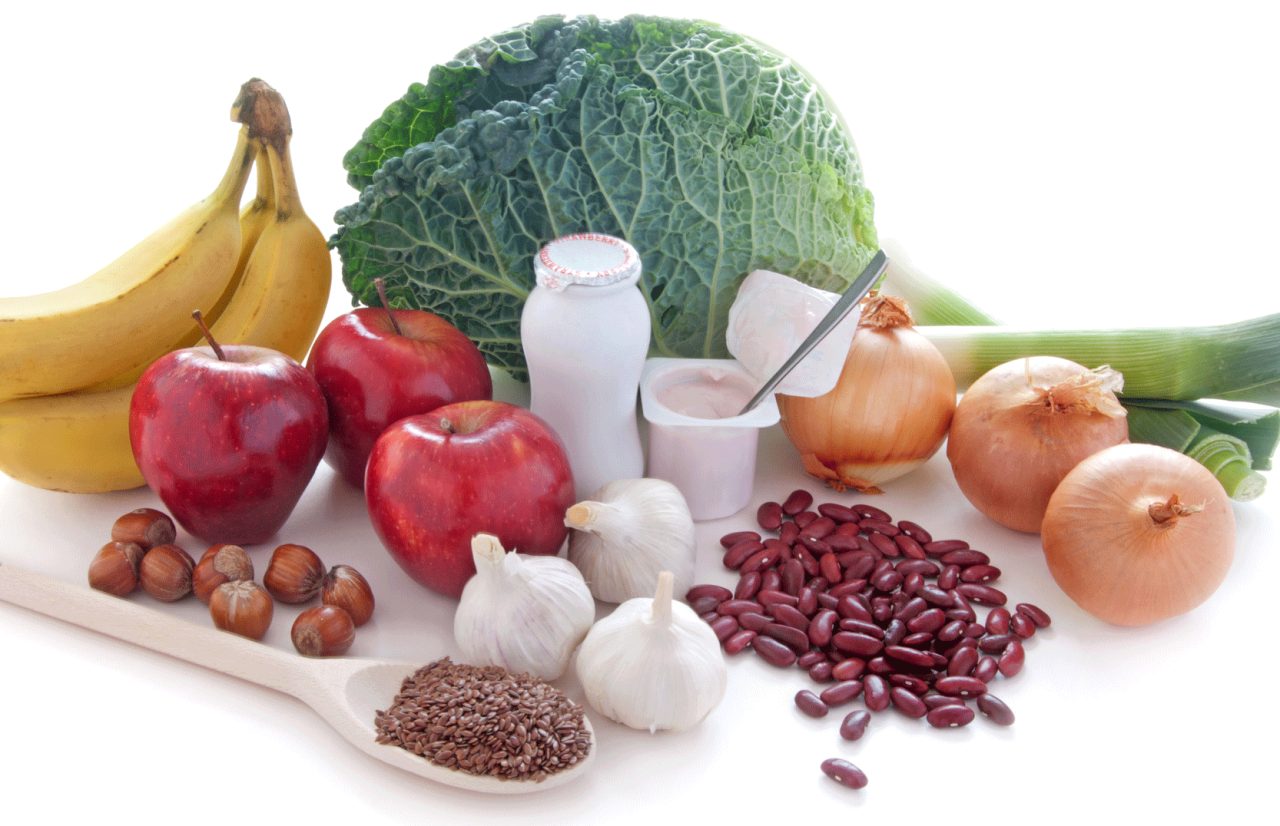What Are Prebiotics?

Prebiotics are foods like vegetables, fruits, and legumes that improve the growth of helpful bacteria in your body and overall health. Here's what you should know.
You already know that what you eat has a big effect on your health. But you may not be aware of the steps along the way. To start, your diet affects your microbiome, the collection of bacteria in your body. You want a balance between different bacteria.
Eating too much sugar or fat allows harmful species to overgrow. Eating vegetables, fruits, and legumes has the opposite effect, leading to a good balance.
What are prebiotics?
Vegetables, fruits, and legumes contain prebiotic fiber that goes through your small intestine undigested. The fiber lands in your large colon, where it ferments, a process that promotes desirable bacteria.
Probiotics — the name for some kinds of bacteria — play decisive roles. Among other functions, they build cells lining your digestive tract and help regulate your immune system.
If you imagine a garden, think of probiotics as the seeds and prebiotics as the water, fertilizer, and soil. Prebiotics promote probiotics.
The concept of a prebiotic emerged in 1995, building on the idea of probiotics. Under the latest definition, prebiotics can benefit digestion, blood lipid levels and insulin resistance, mental health, and bones.
YOU MIGHT ALSO LIKE: How to Choose a Probiotic
Prebiotic vs probiotic
Many people take probiotic supplements or make a point of eating yogurt and other foods that contain probiotics. Do you also need prebiotic supplements, for example inulin powder? Or should you take prebiotic supplements instead of your probiotics?
Prebiotic fiber is sturdier than probiotics, which are affected by heat, stomach acid, and time. Your best strategy is to balance your microbiome through diet.
Prebiotic foods
You may have noticed that smoothie shops offer flaxseed as a supplement food. One reason is that it contains lots of fiber, including prebiotic fiber.
Legumes, beans, and peas are prebiotic foods because they are high in the right kinds of fiber. The same is true of oats, barley, and wheat bran.
Among fruits, bananas, berries, and apples are prebiotic foods. Asparagus, garlic, onion, and burdock root are also top prebiotic foods.
Garlic and onion, for example, contain two important prebiotic fibers, inulin and fructooligosaccharides (FOS). They promote the growth of the probiotic Bifidobacteria in your gut and improve fat digestion. Leeks, in the same family, also contain a high amount of vitamin K. Burdock root, popular in Japan, is another good source of inulin and FOS.
For similar reasons, asparagus promotes a healthy microbiome and may help prevent liver cancer. Asparagus also contains protein.
Bananas aren’t just rich in potassium. They contain fibers that reduce bloating. The pectin in apples increases butyrate, a kind of fat produced by fermentation in the lower intestine that feeds probiotics and may help prevent plaque buildup in your arteries.
Barley and oats contain a fiber called beta-glucan, which may lower total and LDL cholesterol and help reduce blood sugar. Oats, in particular, seem to make you feel full and can be helpful for weight loss.
Wheat bran, the outer layer of a whole-wheat grain, contains a fiber made of arabinoxylan oligosaccharides, which can improve growth of Bifidobacteria in your gut, reducing flatulence, cramping, and abdominal pain.
Seaweed is another potent prebiotic food.
The future of prebiotics
While fiber is a big nutritional focus, over time other substances in foods considered healthful may be proven to boost probiotics. Two possibilities are plant polyphenols and oligosaccharides in human milk.
Focus is also on improving digestion. But it may also be possible to use prebiotics to change the bacterial balance beyond your guts — perhaps in your mouth, nose, or skin. For example, doctors one day might apply a prebiotic to clear up acne or psoriasis.
Updated:
November 06, 2023
Reviewed By:
Janet O’Dell, RN